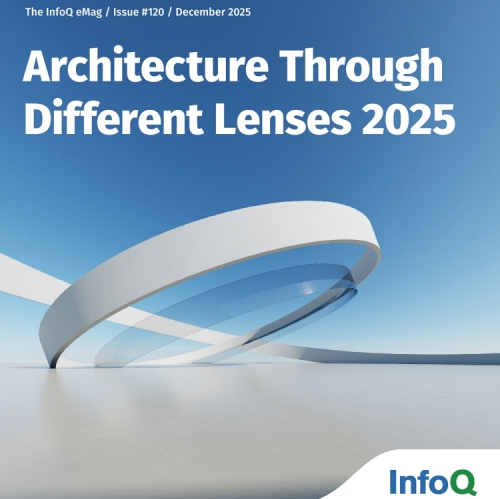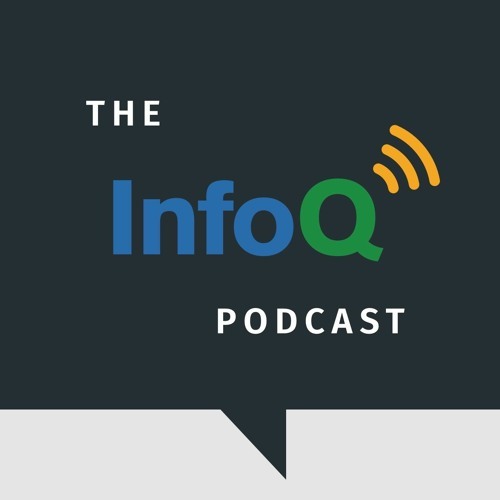Codetown
Codetown ::: a software developer's community
Kotlin Town
6 members Latest Activity: Nov 18, 2019
Interested in Kotlin? Are you a practitioner?
Kotlin is a statically typed…
AFRICA ANDROID CHALLENGE
3 members Latest Activity: Mar 19, 2012
The Africa Android Challenge is on! The object is to learn and share your software development expertise...and to compete with your best Android…
Web2.0 Town
19 members Latest Activity: Dec 22, 2013 Web2.0 is the dynamic web. It's social networking, tag clouds, metadata, geodata, and more. We love Web2.0. There's more out there than you can…
JUG-AFRICA
12 members Latest Activity: May 7, 2018 JUG-AFRICA is an umbrella Group for Java User Groups located on the continent of Africa.The idea behind JUG-AFRICA is to allow JUGs located within…
Notes
Welcome to Codetown!
 Codetown is a social network. It's got blogs, forums, groups, personal pages and more! You might think of Codetown as a funky camper van with lots of compartments for your stuff and a great multimedia system, too! Best of all, Codetown has room for all of your friends.
Codetown is a social network. It's got blogs, forums, groups, personal pages and more! You might think of Codetown as a funky camper van with lots of compartments for your stuff and a great multimedia system, too! Best of all, Codetown has room for all of your friends.
Created by Michael Levin Dec 18, 2008 at 6:56pm. Last updated by Michael Levin May 4, 2018.
Looking for Jobs or Staff?
Check out the Codetown Jobs group.
InfoQ Reading List
Presentation: Architecting Planet Scale, Modern Apps in the Cloud

George Mao shares a deep dive into evolving a basic web application to a planet-scale, global architecture. He walks through 5 stages of maturity, focusing on adding enterprise-grade security, achieving global high availability and disaster recovery, optimizing content delivery costs with CDNs, and implementing globally consistent persistence using serverless technologies.
By George MaoMini book: Architecture Through Different Lenses 2025

This eMag explores architecture through five distinct lenses: the socio-technical forces that invisibly shape our code, the paradox of infrastructure that succeeds by disappearing, the power of distributed intelligence over centralized control, the evolutionary advantage of iteration over revolution, and the pragmatic reality of designing for inevitable complexity.
By InfoQPodcast: Bridging the Open Source Gap: From Funding Paradoxes to Digital Sovereignty

Gabriele Columbro, managing director of the Linux Foundation Europe, discusses the differences in the open-source landscape between Europe, China and the US. Stressing that the open-source landscape is the last favorable ground for global innovation in the current geo-political landscape.
By Gabriele ColumbroBellSoft Unveils Hardened Java Images

BellSoft has launched Hardened Images for Java containers, claiming 95% fewer CVEs and 30% resource savings. Built on Alpaquita Linux, the 3-in-1 solution combines runtime optimisation, OS hardening, and CVE remediation. It offers a secure, flexible alternative to Chainguard and Distroless, available now in three tiers.
By Mark SilvesterJava News Roundup: JDK 26 in Rampdown, JDK 27 Expert Group, GlassFish, TornadoVM, Spring gRPC

This week's Java roundup for December 1st, 2025, features news highlighting: JDK 26 in Rampdown Phase One; the formation of the JDK 27 Expert Group; GA releases of TornadoVM 2.0 and Spring gRPC 1.0; a point release of GlassFish 7.1; the December 2025 edition of Open Liberty; the first beta release of JHipster 9.0 and the second release candidate of Hibernate Search 8.2.
By Michael Redlich
© 2025 Created by Michael Levin.
Powered by
![]()